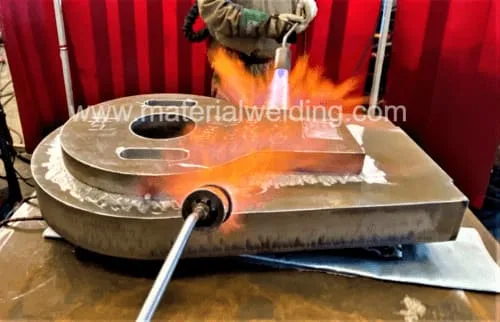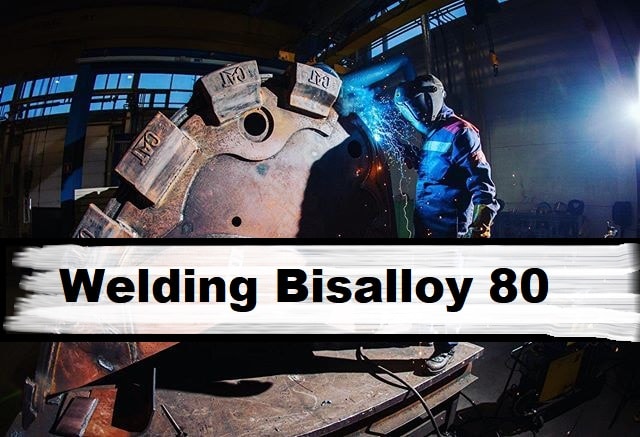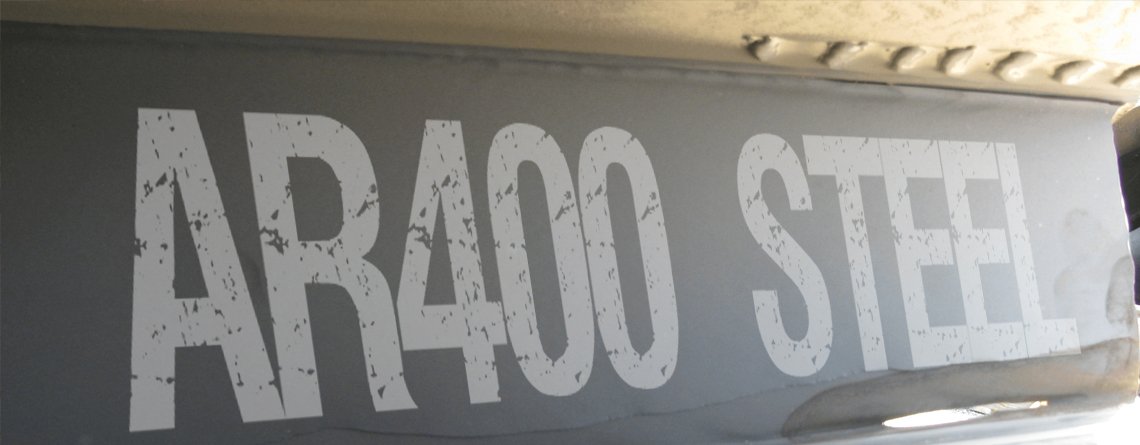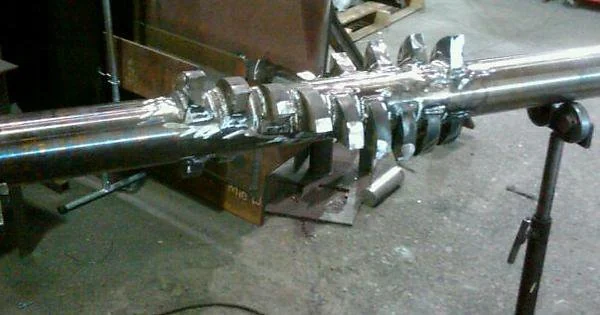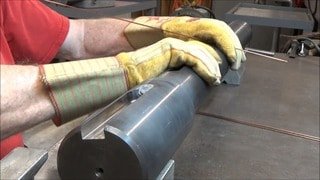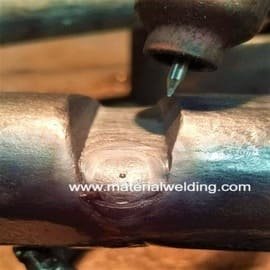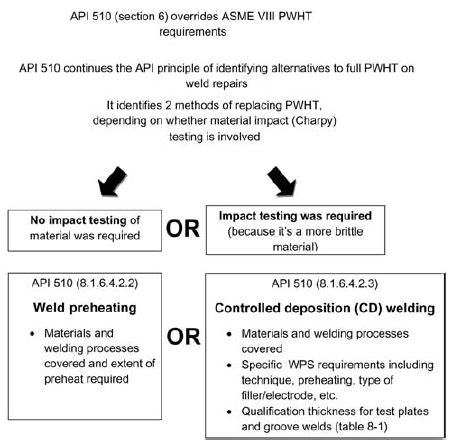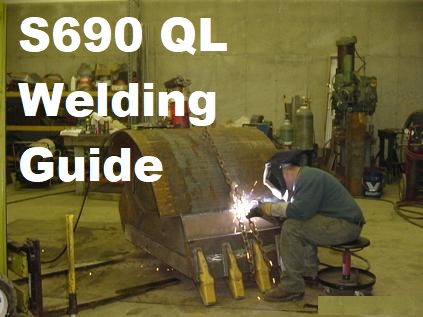How to Weld Quenched and Tempered Steels?
Welding quenched and tempered (Q & T) steels is a challenging process due to the complex microstructure of the materials.
It requires special considerations to ensure that welds are made with properties equivalent or superior to those of the base material while minimizing distortion and minimizing cracking.
To achieve this goal, preheat and post-weld heat treatment must be employed in conjunction with proper welding techniques.
Preheat is a necessary process for Q & T Steels as it helps minimize thermal stress on the weldment by preventing rapid cooling, which can cause cracking.
Properly welded Q & T steels can provide superior structural integrity over traditional low-alloyed steels due to their higher levels of toughness as well as greater resistance against Cracking.
What is Quenched and Tempered Steel?
Q&T steel is made from heated, alloyed carbon steel that has undergone a quenching process as well as tempering.
The quenching hardens the metal by cooling it quickly, while tempering helps to retain some malleability so that it isn’t brittle or too fragile.
This combination produces an extremely strong material with impressive tensile strength and wears resistance qualities.
Quenched and Tempered Steels are known for their strength, durability, and reliable performance in even the most demanding environments.
The quenching and tempering processes involve heating and cooling the steel alloy at specific temperatures to increase its hardness and toughness while maintaining its ductility.
Quenched and Tempered Steel Grades
The range of quenched and tempered steels available today is broad, including low carbon, medium carbon, alloyed, case hardening grades and many more.
The most commonly used Quenched and Tempered Steel Grades are:
- ASTM A514,
- ASTM A517,
- ASTM A709,
- ASTM A710,
- ISO 683-1: C22, C25, C35, C40, C55, etc.
- 25CrMo4,
- 42CrMo4,
- 50CrMo4,
- AISI 4130,
- AISI 4140,
- AISI 8630,
- AISI 6150,
- 17-4 PH Stainless Steel.
Welding Electrodes for Quenched and Tempered Steel
Selection of welding electrode or welding filler rods depends on the grade type of Q & T steel.
Low strength quenched tempered steel can be welded using E8018-G or ER80S-G type welding rods.
However, for welding high strength quenched & tempered steel, high strength welding rods are required. Example of such welding rods are ER100S-G, ER90S-G, E9018-G or E10018-D2.
Below the welding guidelines for commonly used Quenched & Tempered steel grades:
- AISI 4140 Welding Guide.
- AISI 8620 Welding Guide.
- AISI 8630 Welding Guide.
- ASTM A514 & A517 Welding Guide.
- AISI 4130 Welding Guide.
- Chromoly steel welding Guide.
- 17-4 PH Stainless Steel Welding Guide.
Welding Heat Input Control for Quenched and Tempered Steel
AWS D1.1 provides some guidelines for welding heat input control applicable for Quenched-tempered steel grades.
For welding quenched and tempered (Q &T)steels, the welding heat input shall be limited in line with the maximum welding preheat and interpass temperatures required.
Post weld heat treatment (PWHT) for Q & T Steel
Similarly, the post weld heat treatment (PWHT) temperature must not exceed the tempering temperature of actual material grade. Performing a PWHT above the tempering temperature will eliminate the tempering effect in the material.
The PWHT temperature if required for quenched tempered steel shall be below the tempering temperature used for the material. This will ensure the material shall have reduced welding residual stresses as well as the effective tempering effect intact.
Most of tempered steel is stress releived at a temperature of 1100°F and 1200°F (600°C and 650°C).
Also. any hot work or straightening by heating on a quenched & tempered steel shall be at a temperature less than 1100°F (600°C). Reference: AWS D1.1.
References:
